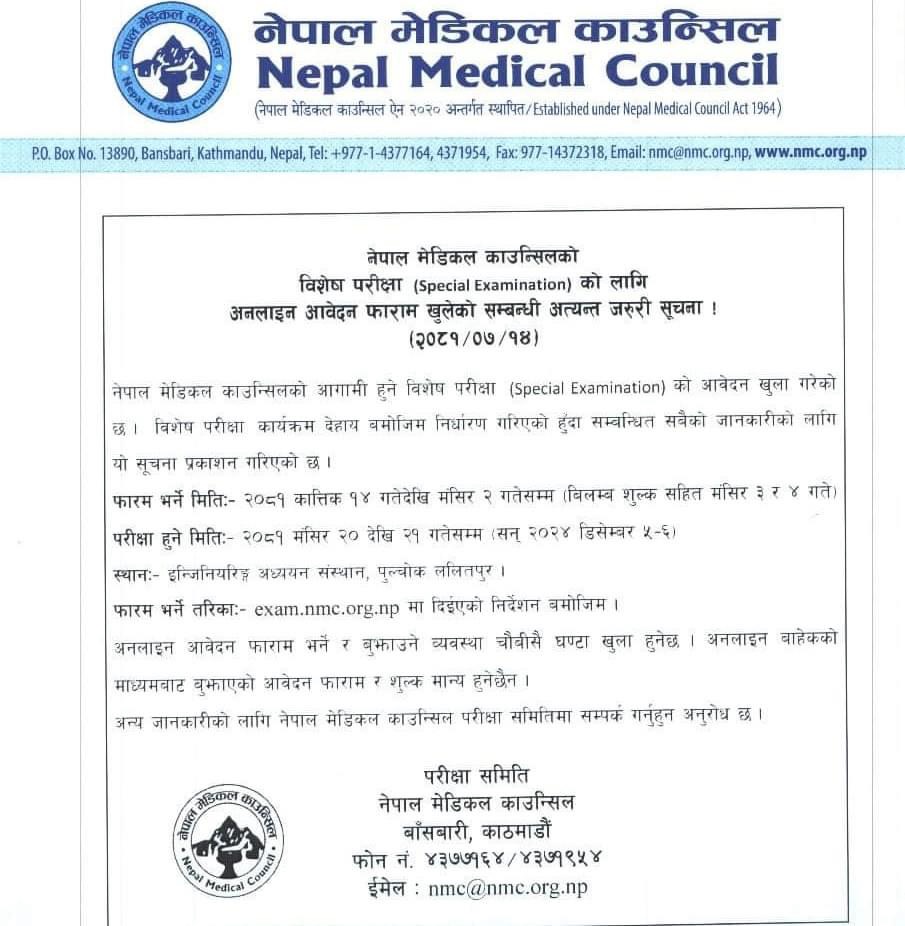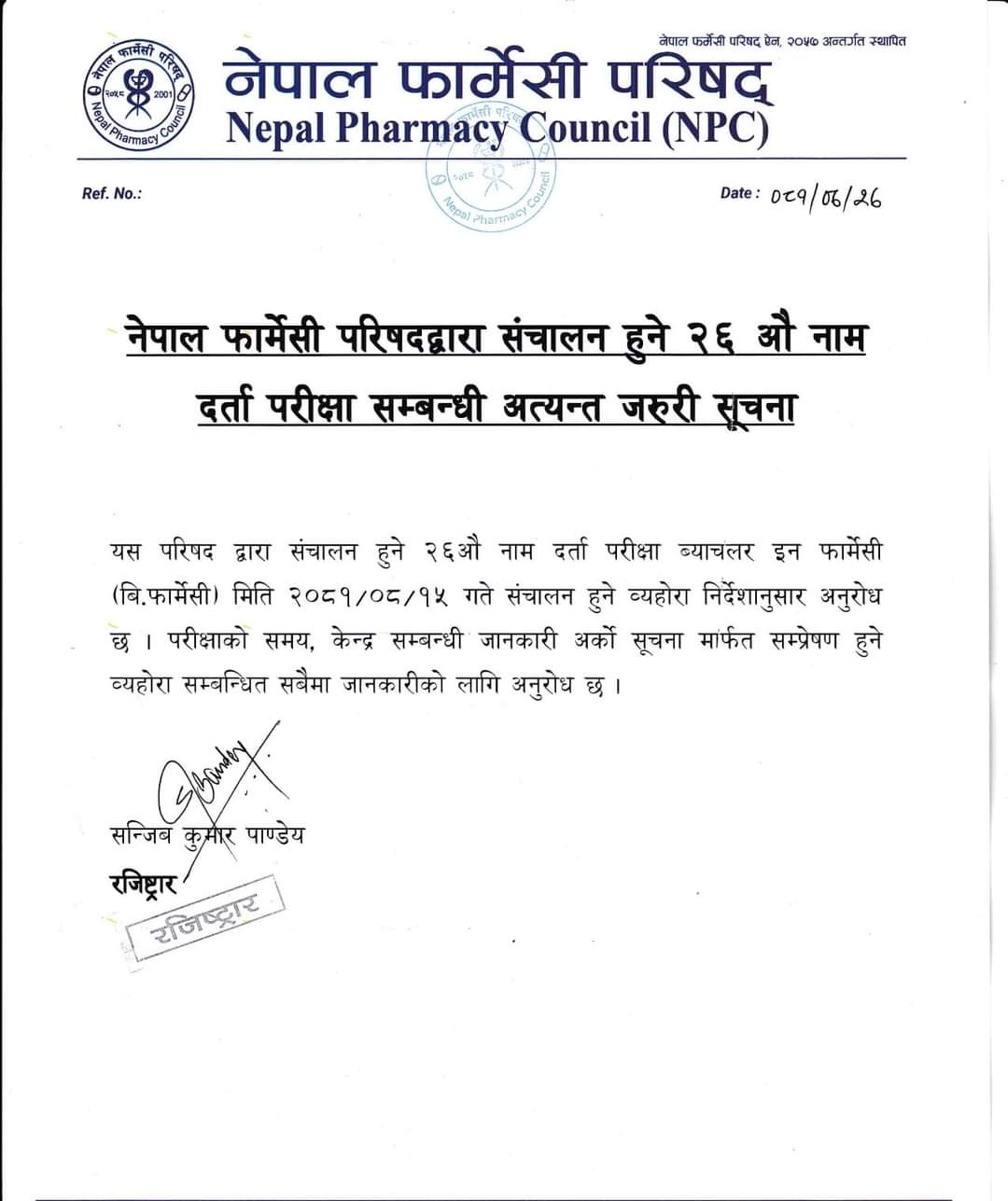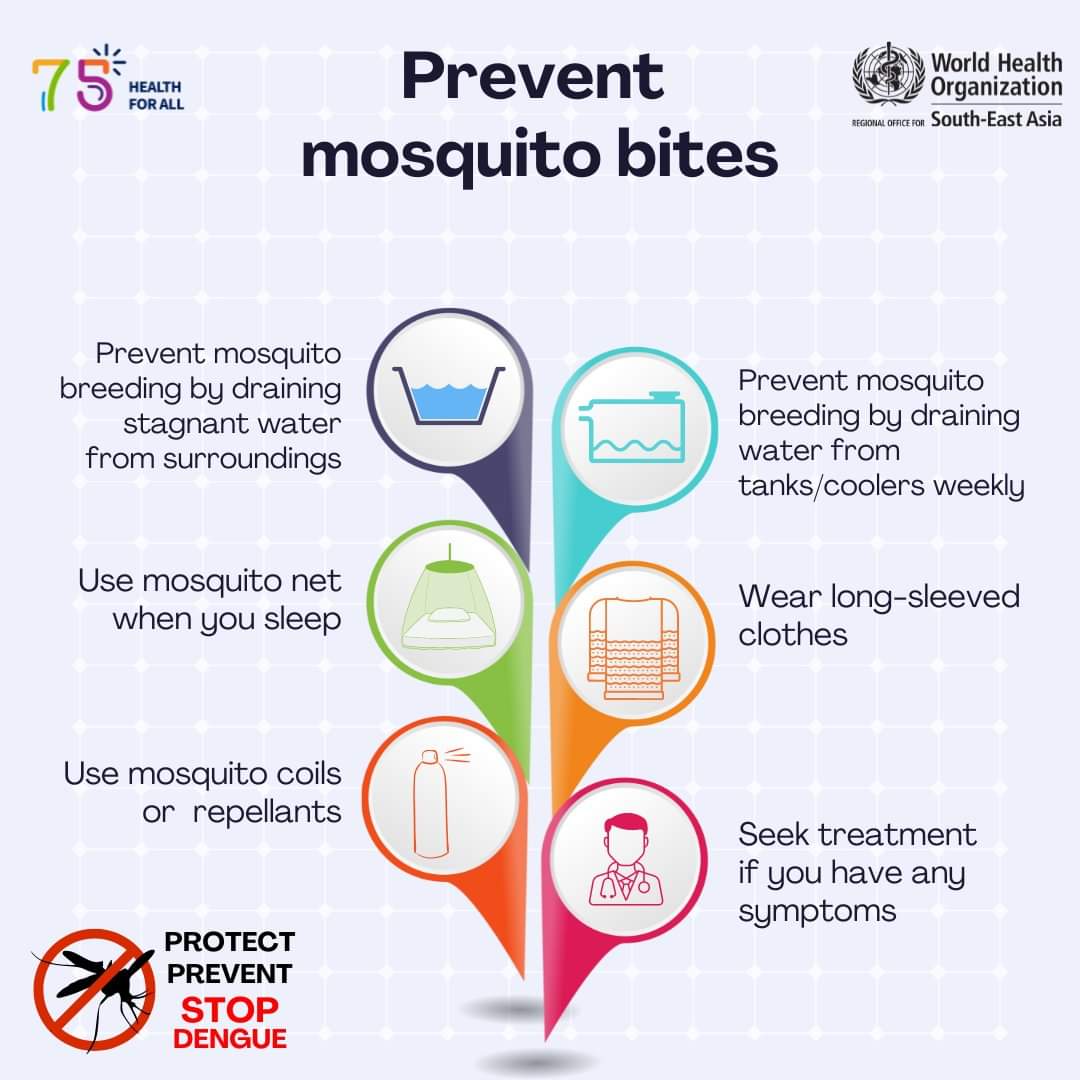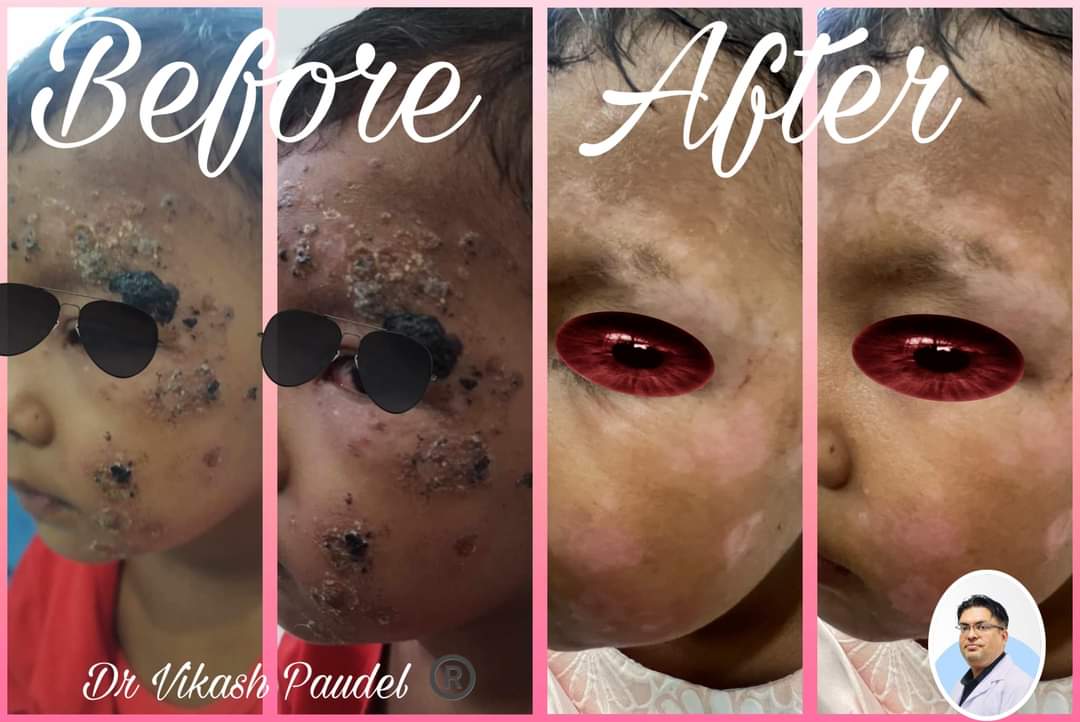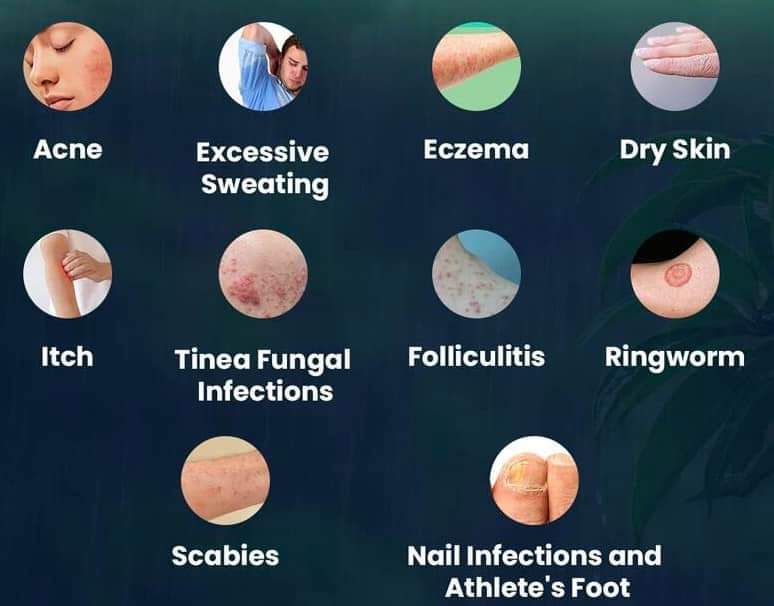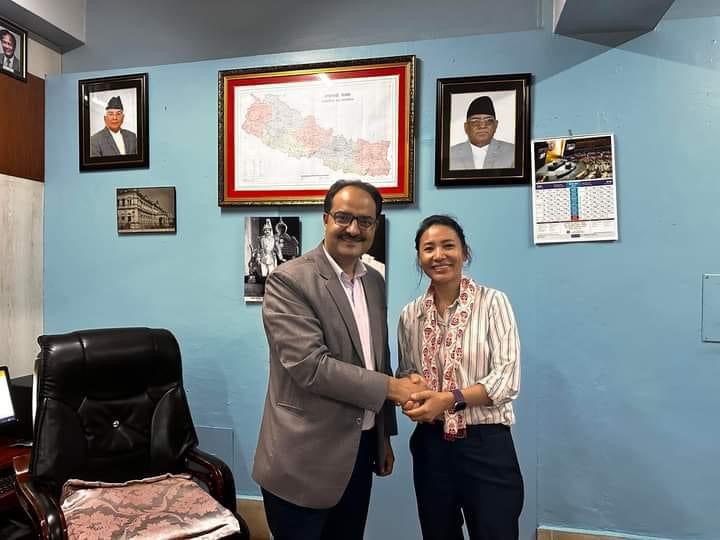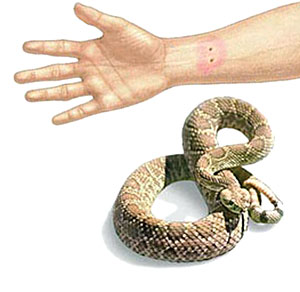
सर्पले डसे यी निम्न कुराहरु नगरौं/ नगराऔ
सर्पले डसे यी निम्न कुराहरु नगरौं/ नगराऔ:
१) नआत्तिऔं किनभने टोक्ने सबै सर्प विषालु हुँदैन (नेपालमा पाहिने ७३ प्रतिशत सर्प विषालु छैन) र सर्पलाई खोज्ने, समात्ने वा मार्ने प्रयास नगरौं।
२) टोकेको ठाउँमा धागो वा टरनीकेटले कसेर नबाधौं।
३) विष निकाल्ने भनेर टोकेको ठाउँमा काट्ने (चक्कु वा ब्लेडले) र मुखले चुस्ने नगरौं।
४) चिकित्सकको सल्लाह बिना कुनै पनि औषधिको प्रयोग नगरौं।
५) टोकेको भागलाइ नचलाऊ।
(डा शेरबहादुर पुन)
Venomous Snake Bites: Symptoms & First Aid
Symptoms
Signs or symptoms of a snake bite may vary depending on the type of snake, but may include:
- Puncture marks at the wound
- Redness, swelling, bruising, bleeding, or blistering around the bite
- Severe pain and tenderness at the site of the bite
- Nausea, vomiting, or diarrhea
- Labored breathing (in extreme cases, breathing may stop altogether)
- Rapid heart rate, weak pulse, low blood pressure
- Disturbed vision
- Metallic, mint, or rubber taste in the mouth
- Increased salivation and sweating
- Numbness or tingling around face and/or limbs
First Aid
Workers should take these steps if a snake bites them:
- Seek medical attention as soon as possible ( call local Emergency Medical Services [EMS]).
- Antivenom is the treatment for serious snake envenomation. The sooner antivenom can be started, the sooner irreversible damage from venom can be stopped.
- Driving oneself to the hospital is not advised because people with snakebites can become dizzy or pass out.
- Take a photograph of the snake from a safe distance if possible. Identifying the snake can help with treatment of the snakebite.
- Keep calm.
- Inform your supervisor.
- Apply first aid while waiting for EMS staff to get you to the hospital.
- Lay or sit down with the bite in a neutral position of comfort.
- Remove rings and watches before swelling starts.
- Wash the bite with soap and water.
- Cover the bite with a clean, dry dressing.
- Mark the leading edge of tenderness/swelling on the skin and write the time alongside it.
Do NOT do any of the following:
- Do not pick up the snake or try to trap it. NEVER handle a venomous snake, not even a dead one or its decapitated head.
- Do not wait for symptoms to appear if bitten, get medical help right away.
- Do not apply a tourniquet.
- Do not slash the wound with a knife or cut it in any way.
- Do not try to suck out the venom.
- Do not apply ice or immerse the wound in water.
- Do not drink alcohol as a painkiller.
- Do not take pain relievers (such as aspirin, ibuprofen, naproxen).
- Do not apply electric shock or folk therapies.
Content source: National Institute for Occupational Safety and Health
Globally, the actual incidence and mortality associated with snakebite envenoming is poorly known, in part due to the lack of reliable information. In Nepal, WHO estimates that 20’000 people are bitten by snakes each year, resulting in over 1000 deaths1. Nevertheless, existing epidemiological data remain fragmented, and several studies suggest that the true burden of snakebite is much higher. A hospital-based retrospective survey conducted in 10 hospitals of eastern Nepal reported 4078 cases of snakebite (407/ hospital/year) including 379 with signs of envenoming. The mortality in envenomed patients varied considerably among the centers from 3% to 58% (mean=21.37%)2. Similarly, high numbers of snakebite cases were reported from the districts of western development region3, eastern4 and central Nepal5.
The highest figures reported so far come from a community-based survey conducted in southeast Nepal in 2002 which revealed annual incidence and mortality rates of 1,162/100,000 and 162/100,000, respectively6. An ongoing study “Snake-bYte: a nationwide cross-sectional community incidence study to assess and predict the impact of snakebite on human and animal health in Nepal” is likely to provide better statistics of snakebite in the community and outcome of snakebite including its economic impact. The mortality related to snakebite envenoming varies7. It may be related to quality of care of the patients, access to mechanical ventilatory support, health care knowledge and skill to timely and appropriately administer antivenom and intubate patients when indicated, inability to identify serious adverse effects, lack of standard protocol for management of snakebite, etc.
https://www.edcd.gov.np/resource-detail/national-guideline-for-snakebite-management-in-nepal-2019
